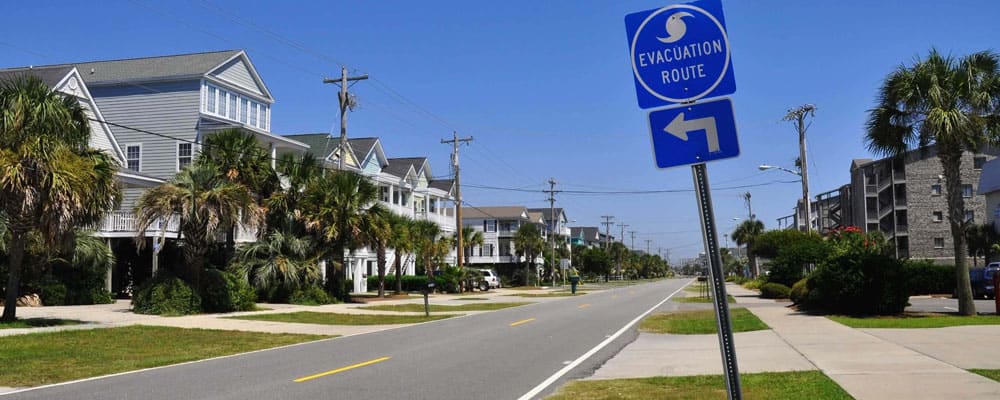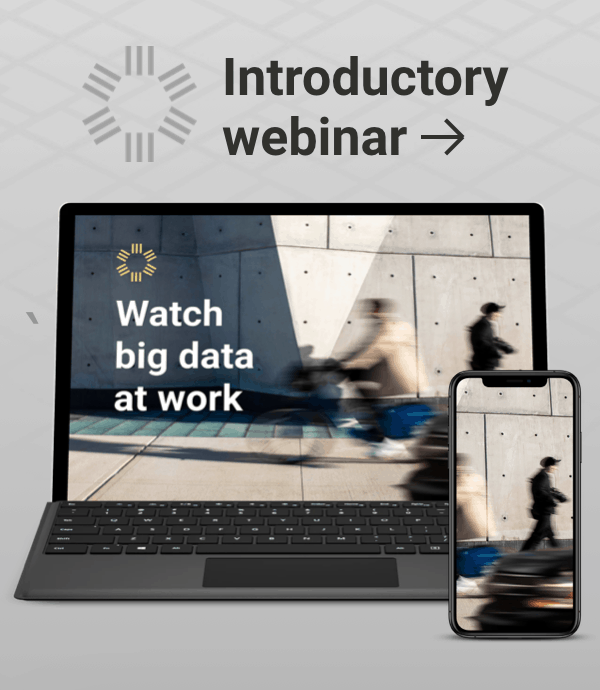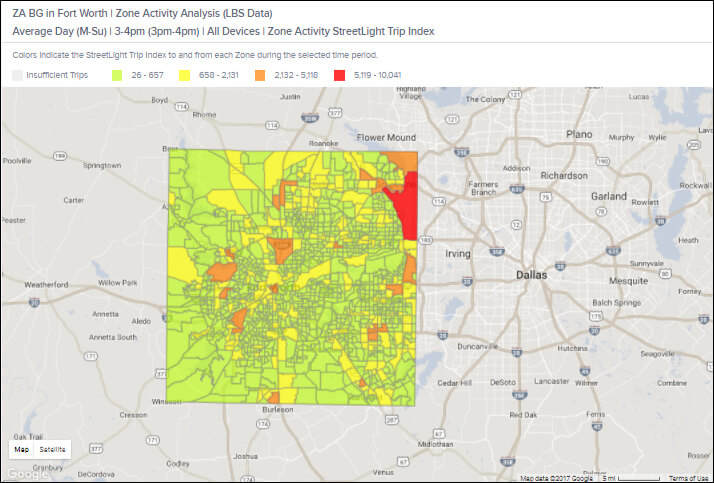
Planning Effective Evacuation Routes: How Big Data Can Help

As a San Francisco-based company, we have been troubled by California’s increasing wildfires. Fires have impacted the homes and personal well-being of StreetLight employees, clients, and families. While it is always difficult to see tragic events occur anywhere in the world, watching fires destroy places we love has been something else entirely.
The experience has forced us to think harder about what we, as a company, can do to help with evacuation planning.
Our product, StreetLight InSight®, helps transportation professionals use Big Data from mobile devices to understand travel patterns – but what specific information can it provide to aid in evacuations? At a personal level, how can we help communities in need, at least in the continental US and southern Canada, where we currently operate?
Before I dive into details, I want to stress that we’re here to help. If your community is facing an imminent evacuation, and our metrics could help you get people get out of harm’s way, email me (I’m the CEO) directly. Tell me what you need, and we’ll skip the formalities and paperwork to provide the data for free as quickly as we can.
When we first started brainstorming about evacuation planning, we were frustrated by our lack of real-time information: Our metrics won’t tell you where the people who need help are located “in the moment.”
We usually lag a month or two behind present-day, chiefly because it’s a time-consuming to process data from our providers. That means our analytics cannot help first-responders find specific people who are in crisis more quickly. They also won’t help traffic operators monitor real-time road conditions so that they can divert traffic to more efficient routes.
So, what support can StreetLight we provide? Ultimately, we identified two key ways that our metrics can be valuable:
- Using the best possible information at hand when time is tight (especially if communications networks are knocked out).
- Before disasters strike, being as prepared as possible for multiple scenarios.

We’re sharing our ideas in this blog post with the goal of helping the communities who can benefit. The key advantage of Big Data for evacuation planning is that it provides up-to- date information about trends in travel behavior. That’s important because as our travel behavior complexifies (think ride share, working-from- home, long distance commutes, and more), it’s harder to know where people will be at any given time.
In terms of transportation, there are two key types of evacuations: ones with a few days notice, and ones with no notice. In the paragraphs below, we’ll explain how Big Data can help communities manage both.
Evacuation Planning With a Few Days Prior Notice
Often, before hurricanes or other natural disasters occur, communities have advance notice that enables people a little time to evacuate. This type of evacuation planning is in many ways similar to other forms of urban and transportation planning. You’re identifying the likely movements and possible impediments that people may encounter as they try to leave. Here’s how planners can use Big Data when they have some advance notice:
1. Look at other “extreme” events in your community for comparison
The areas that are bottlenecks in a normal rush hour may be different from the “worst day of the year” traffic event. Zeroing in on atypical traffic events (say, when the Pope or the President comes to town – or even what happened during the last major evacuation) can help reveal unique congestion hotspots. By knowing these areas in advance, you can plan alternative routes that avoid them sooner. These predictions can also help traffic operations teams who are monitoring evacuation routes in real-time; they help them anticipate where extra support is likely to be required.
2. Look at the travel patterns of other communities during evacuations
Big Data doesn’t just show tell you about your city – it can tell you about any city. Learn from the evacuation experiences of other places by looking at their residents’ travel patterns during disasters. Identifying who responded to requests to leave at what time, and how traffic flowed out when people began to leave, can inform the predictions you make for your own community.
While every place is different, understanding the specific pitfalls other places faced can help you identify where yours are likely to be. Whether it’s prioritizing outreach in elderly communities or adjusting signal timing for key arteries, knowing what worked – and didn’t work – helps planners be more strategic when developing their own plans.
Evacuation Planning With No Notice
When an unexpected event happens, such as wildfires or earthquakes, the first priority is usually to get people out. We’re obviously not experts at the best practices when this happens – StreetLight Data is a mobility analytics provider. But when cellular towers stop operating and people can no longer reach out for help, how do first responders know where people are?
Knowing where people are statistically likely to be at the time an emergency arises is a huge advantage, and that’s where we think Big Data can help. Communities should have on hand a detailed map of activity for their city by block or block group, then by day type and day part. For example, the map below shows where the population is distributed on a typical July weekday from 3-4:00 p.m. in Fort Worth, Texas.
The heat mapabove shows the relative volume of people that are typically located in each census block group in Fort Worth, Texas during a typical July weekday between 3pm and 4pm. The darker red and orange areas have the greatest population densities.
This type of data can be used in real time in the event of an emergency – especially if communications networks are damaged. It can also be used to design evacuation scenarios and handbooks. The immediate evacuation scenario for a weekday at noon should be somewhat different than one for a weekend at 7:00 a.m.
We’re Here to Help
As I mentioned at the beginning of this article, our goal at StreetLight Data is to help. We also want to hear ideas from folks who have experience with evacuation planning. If you have other ideas about how to use data to improve evacuation processes, please reach out to us.
